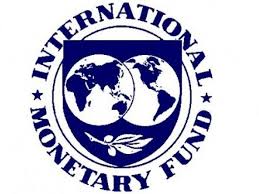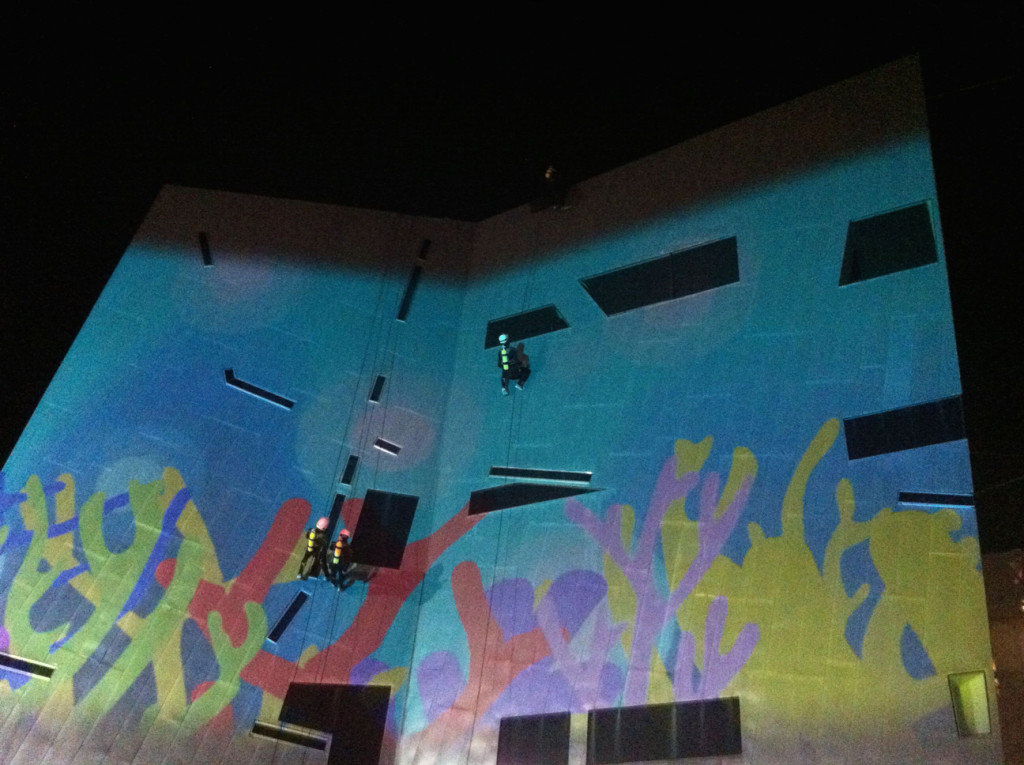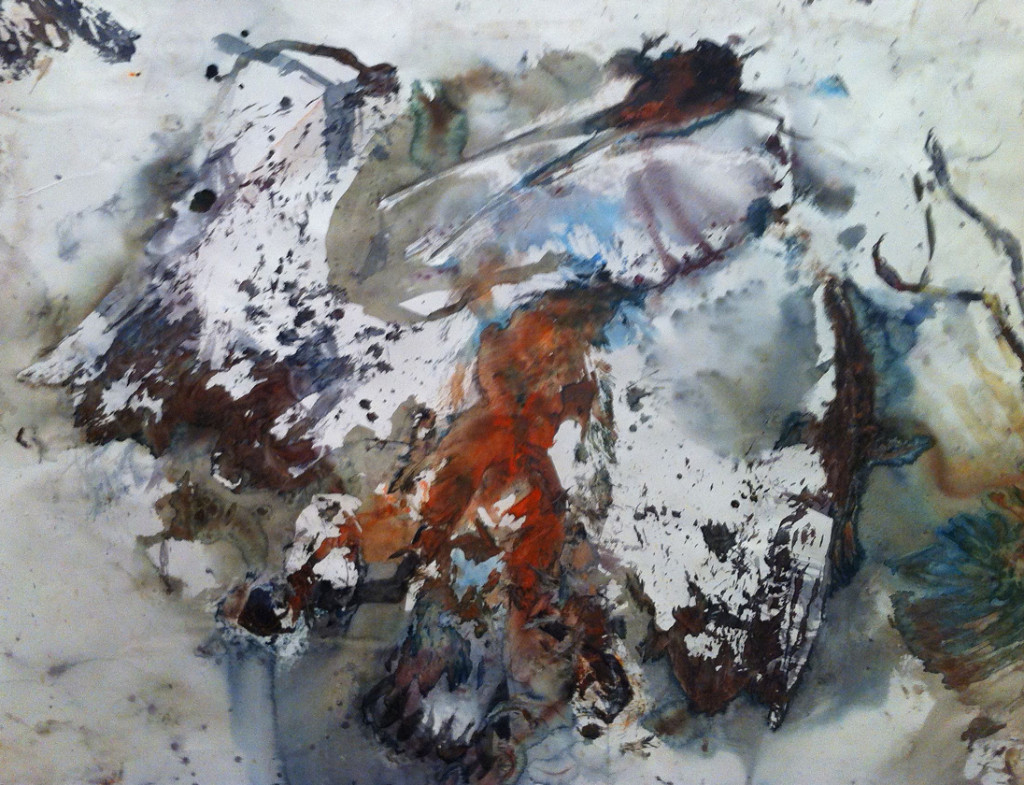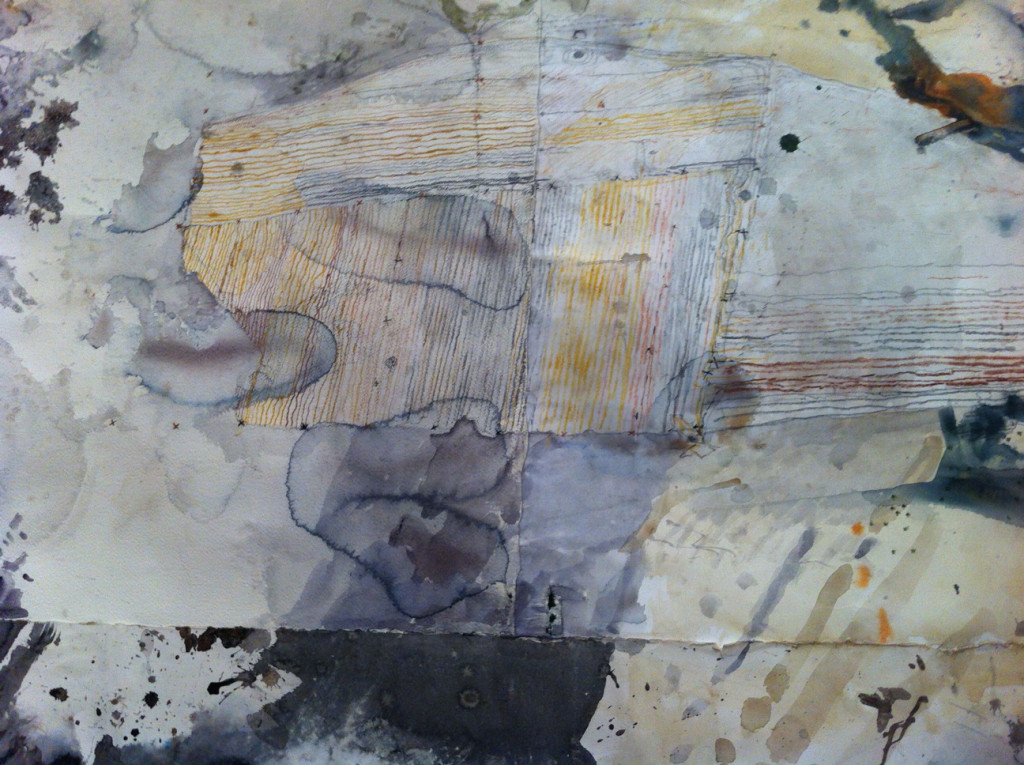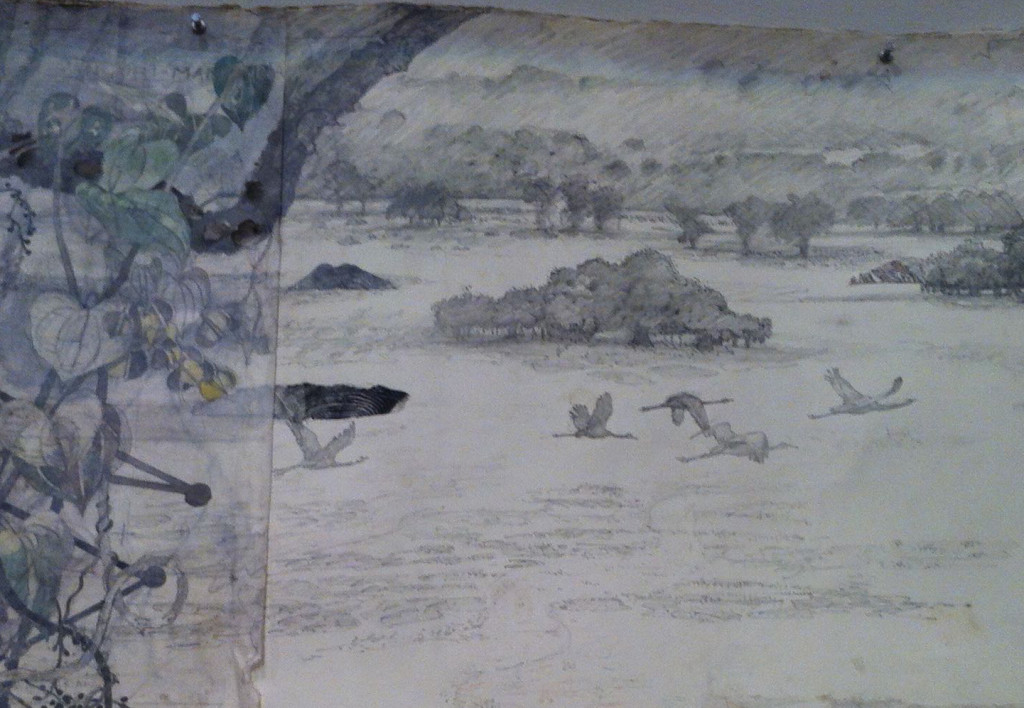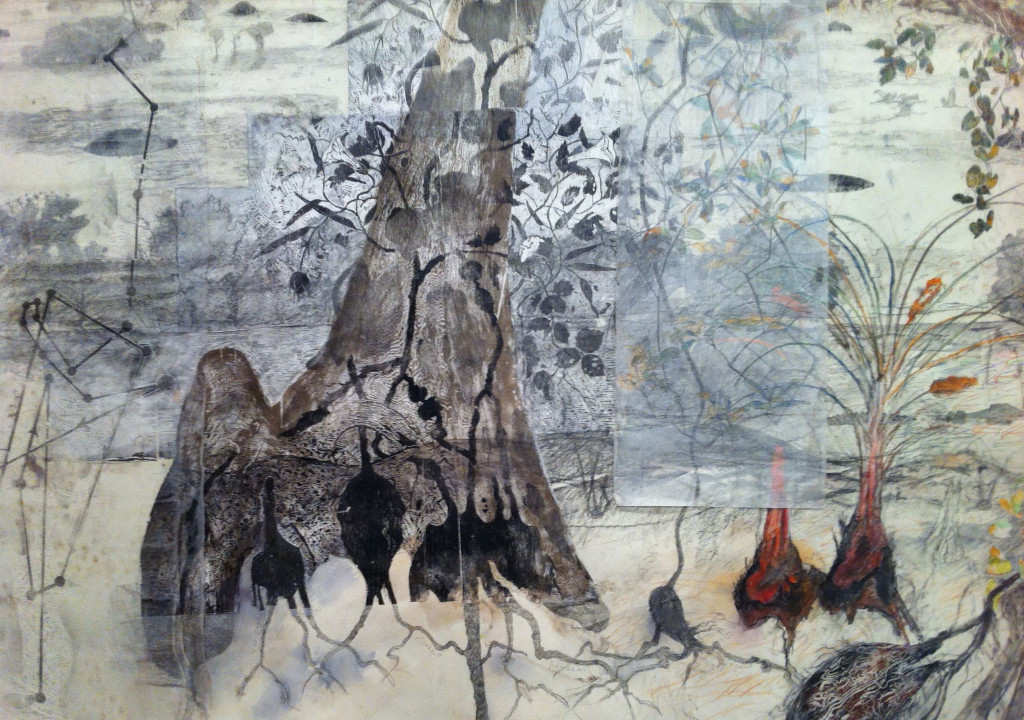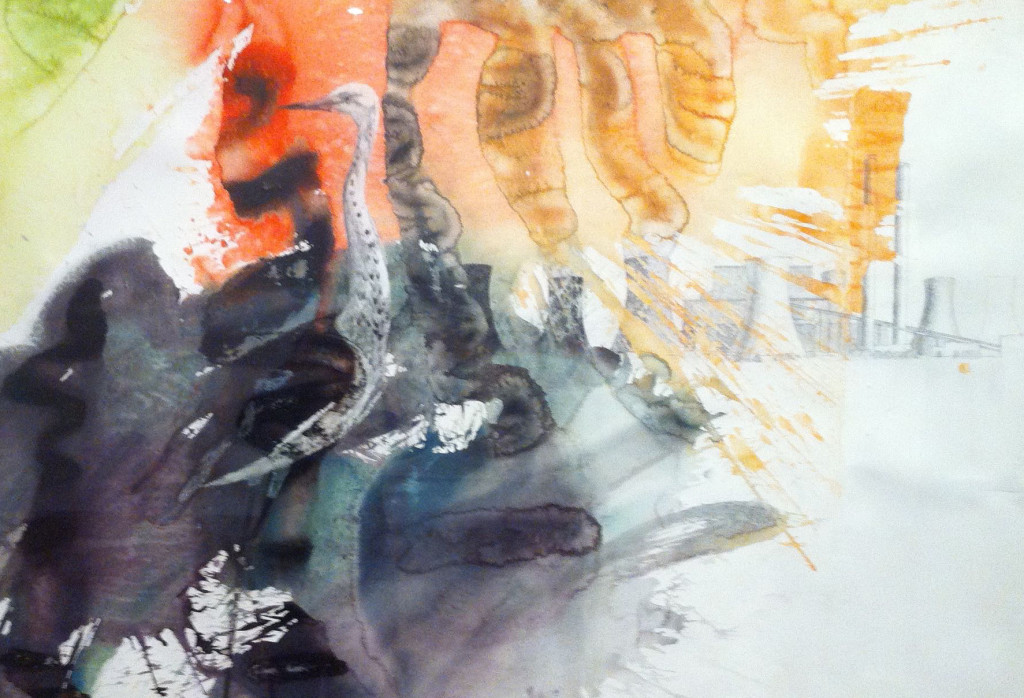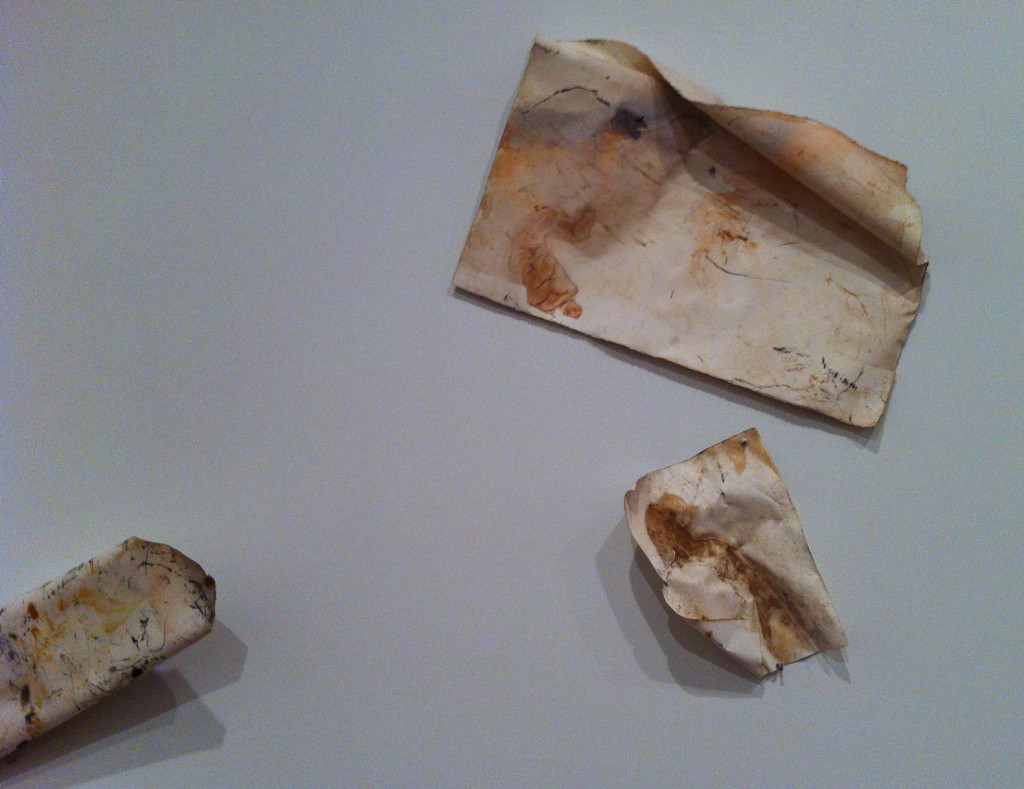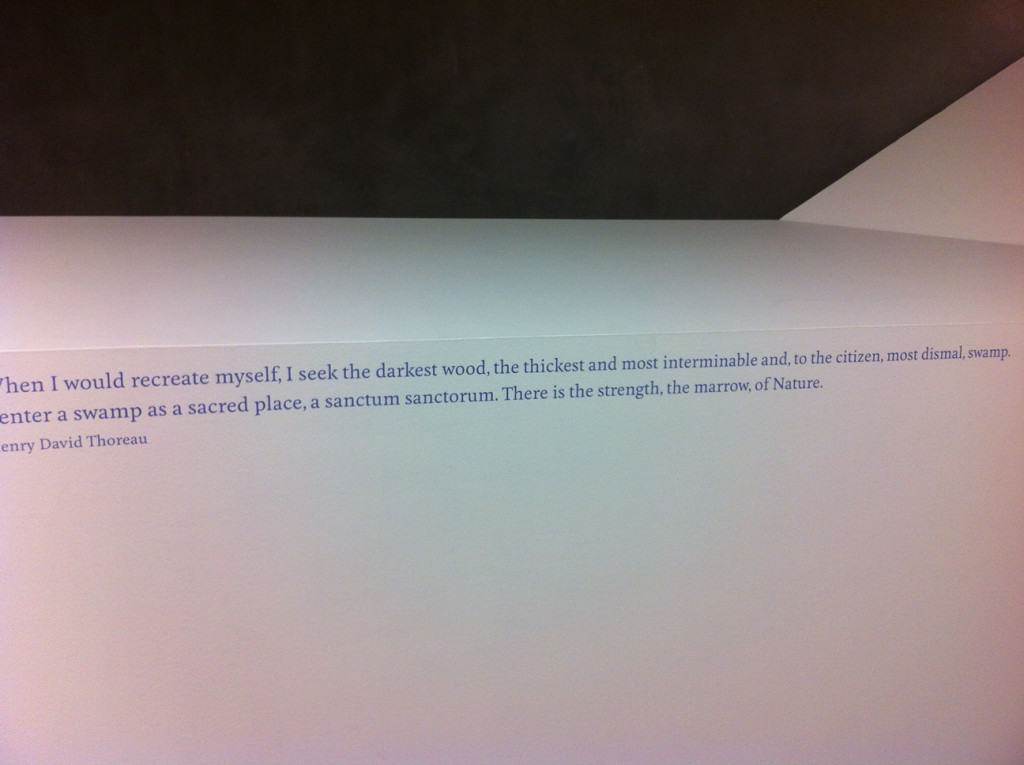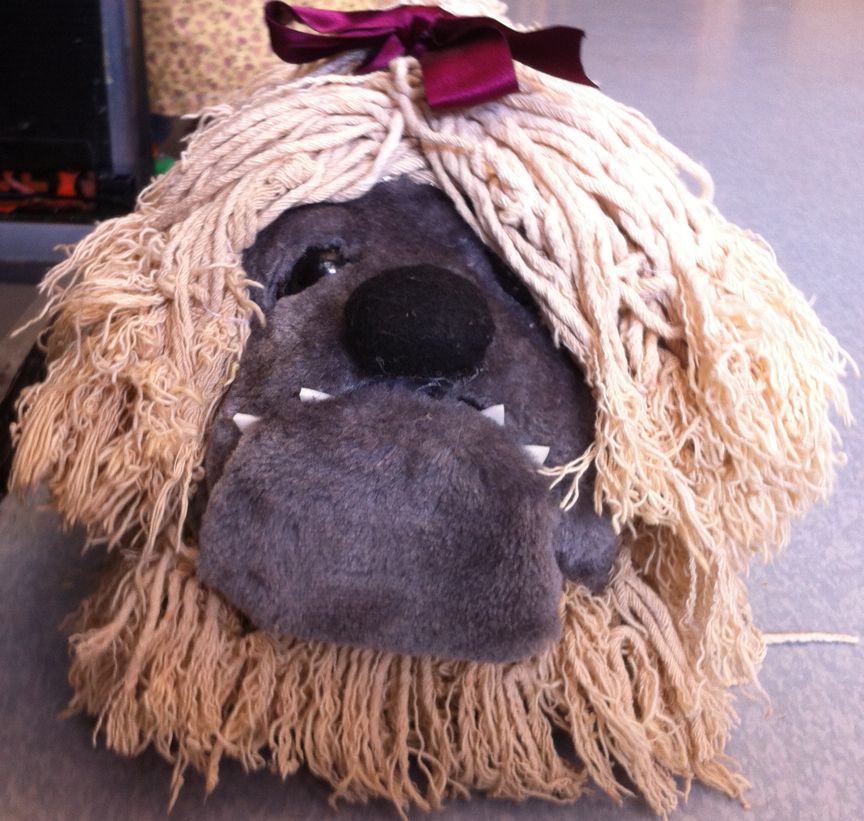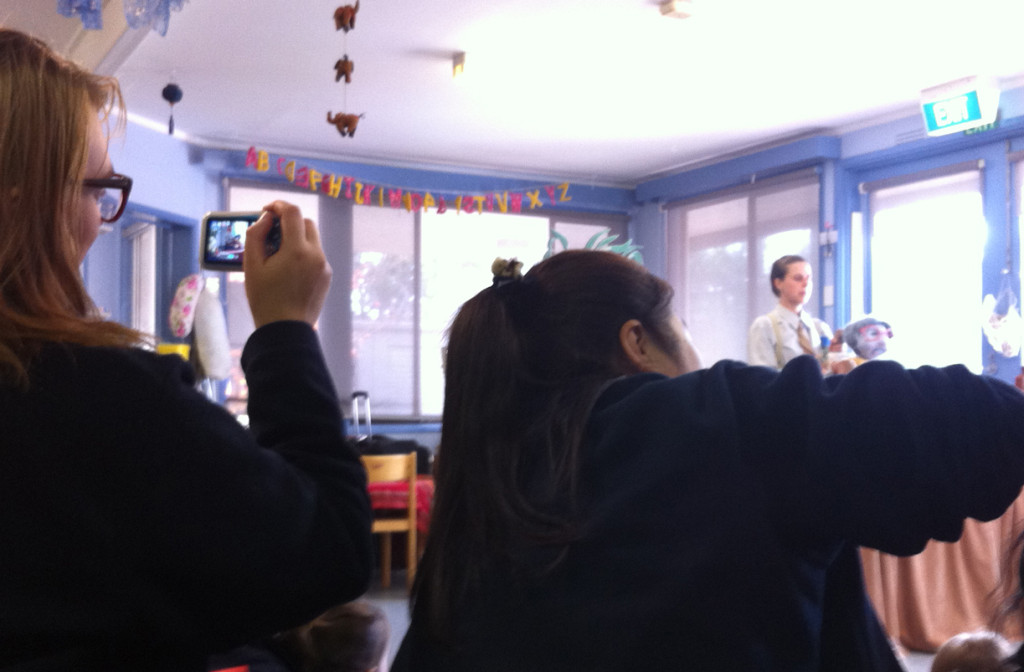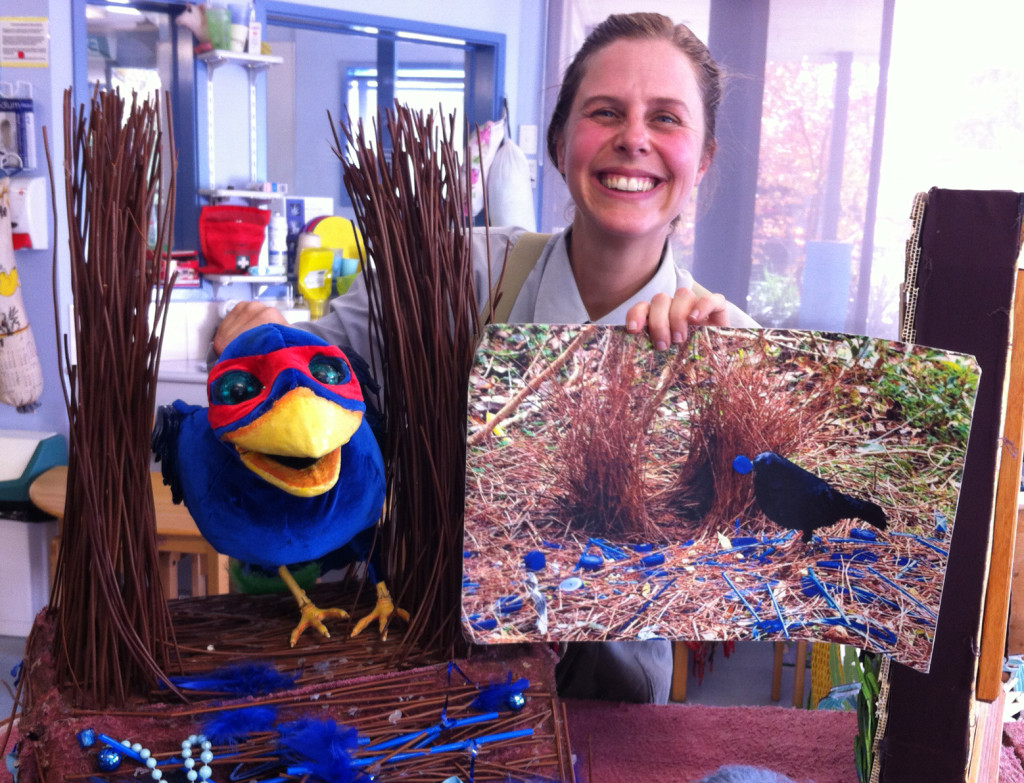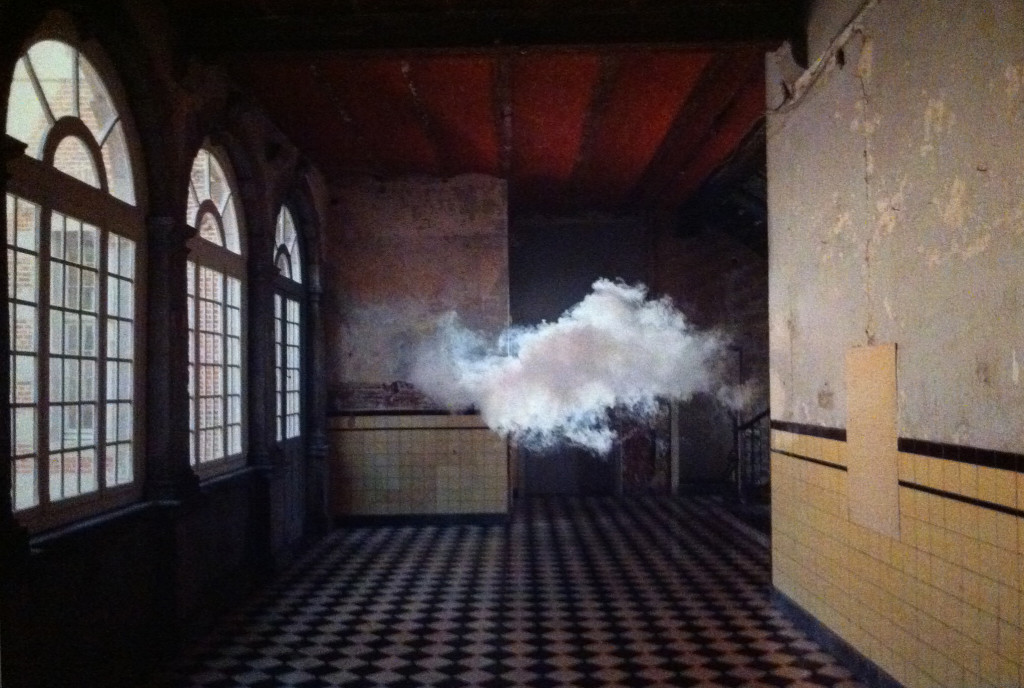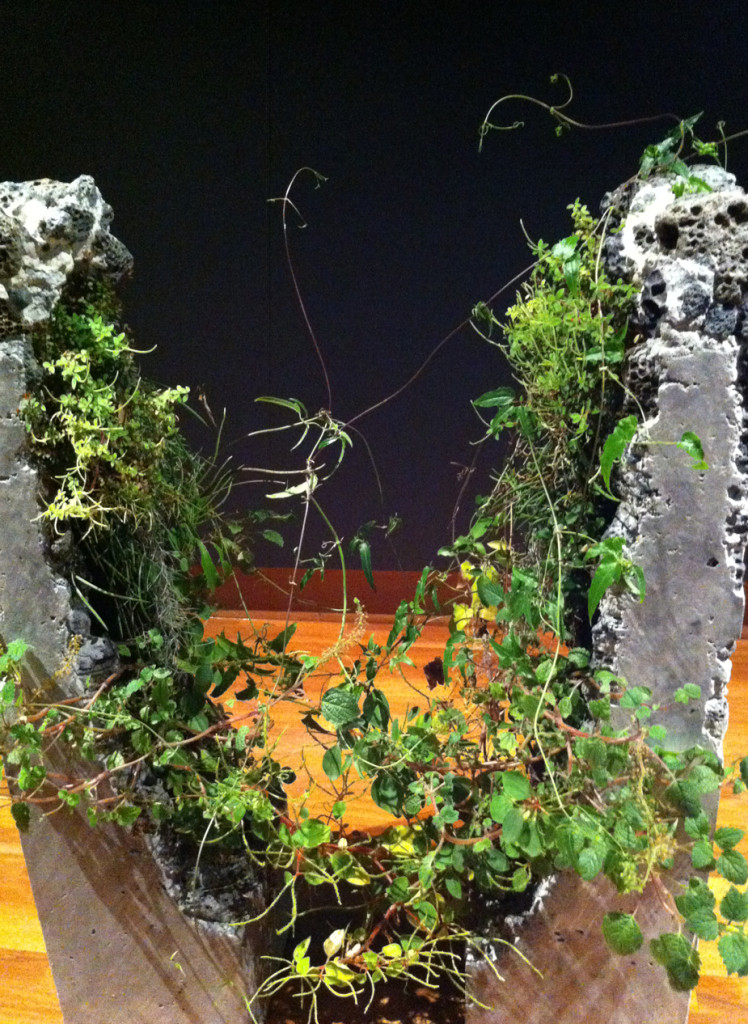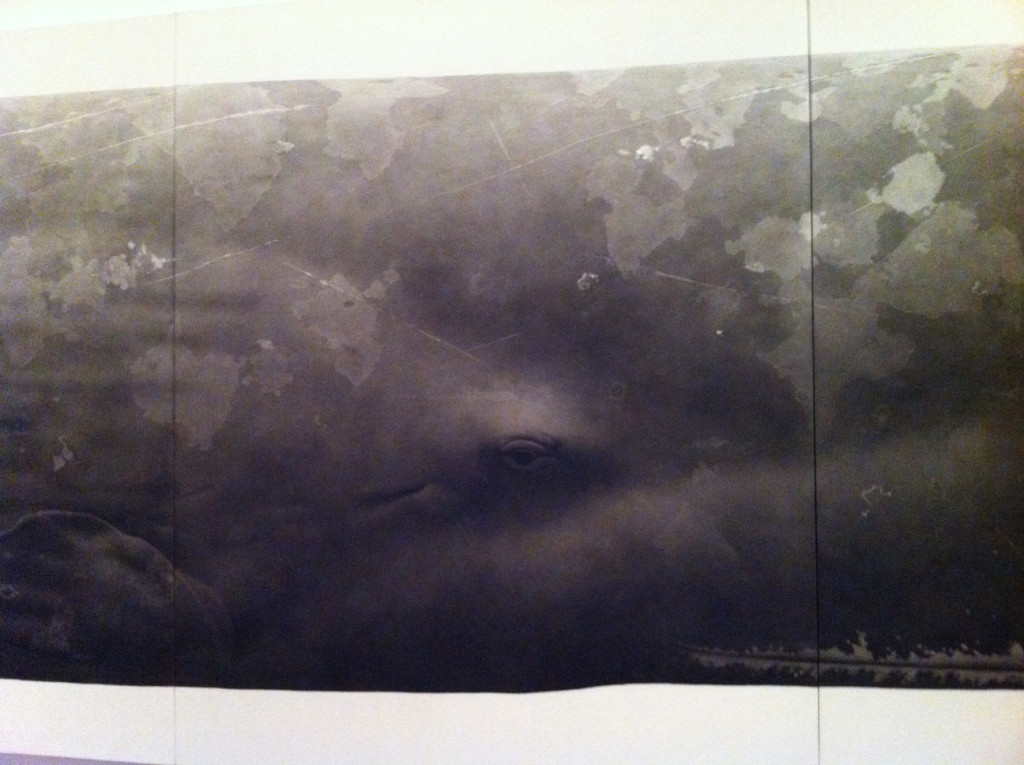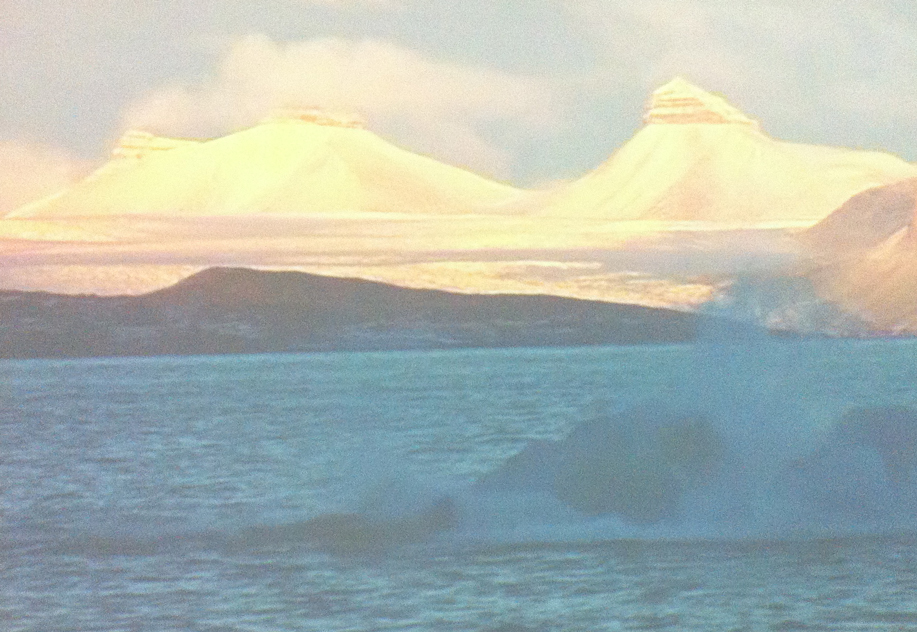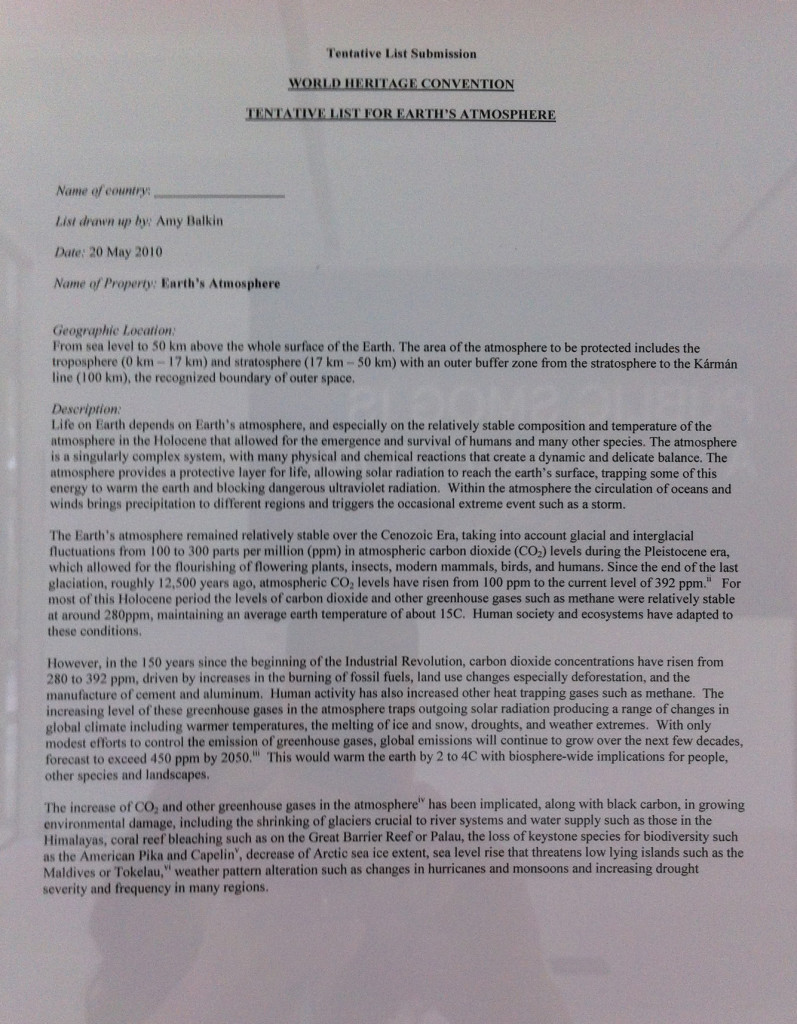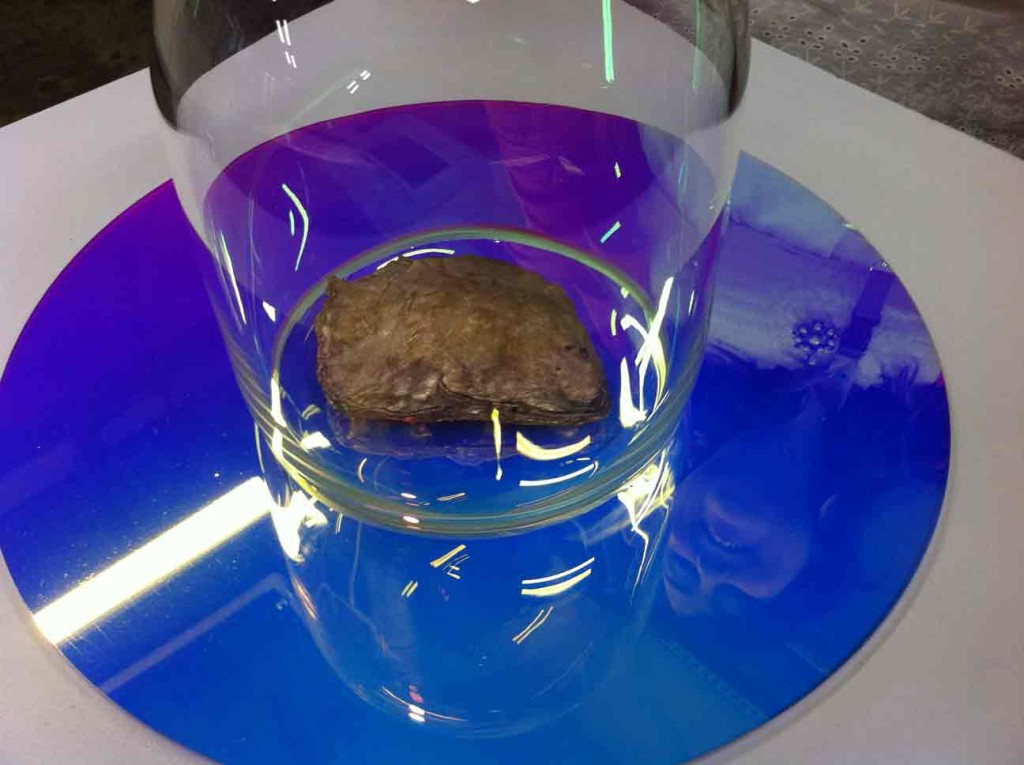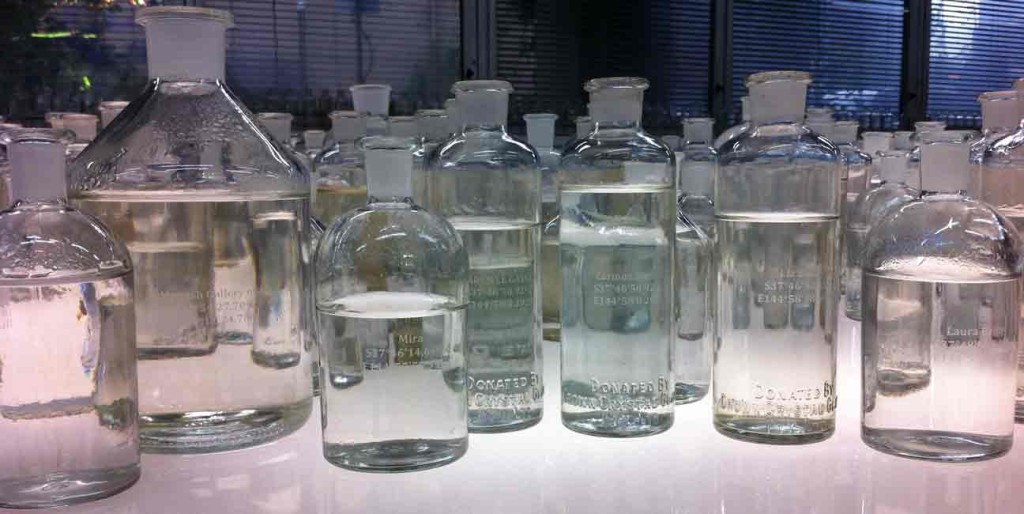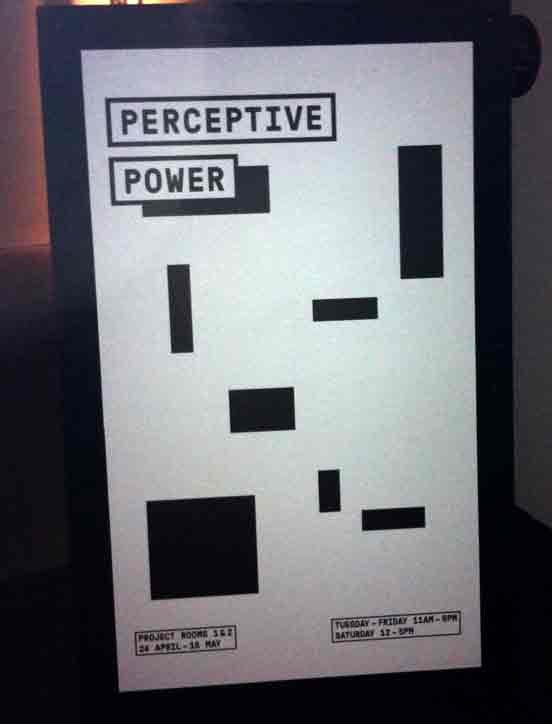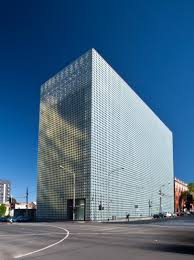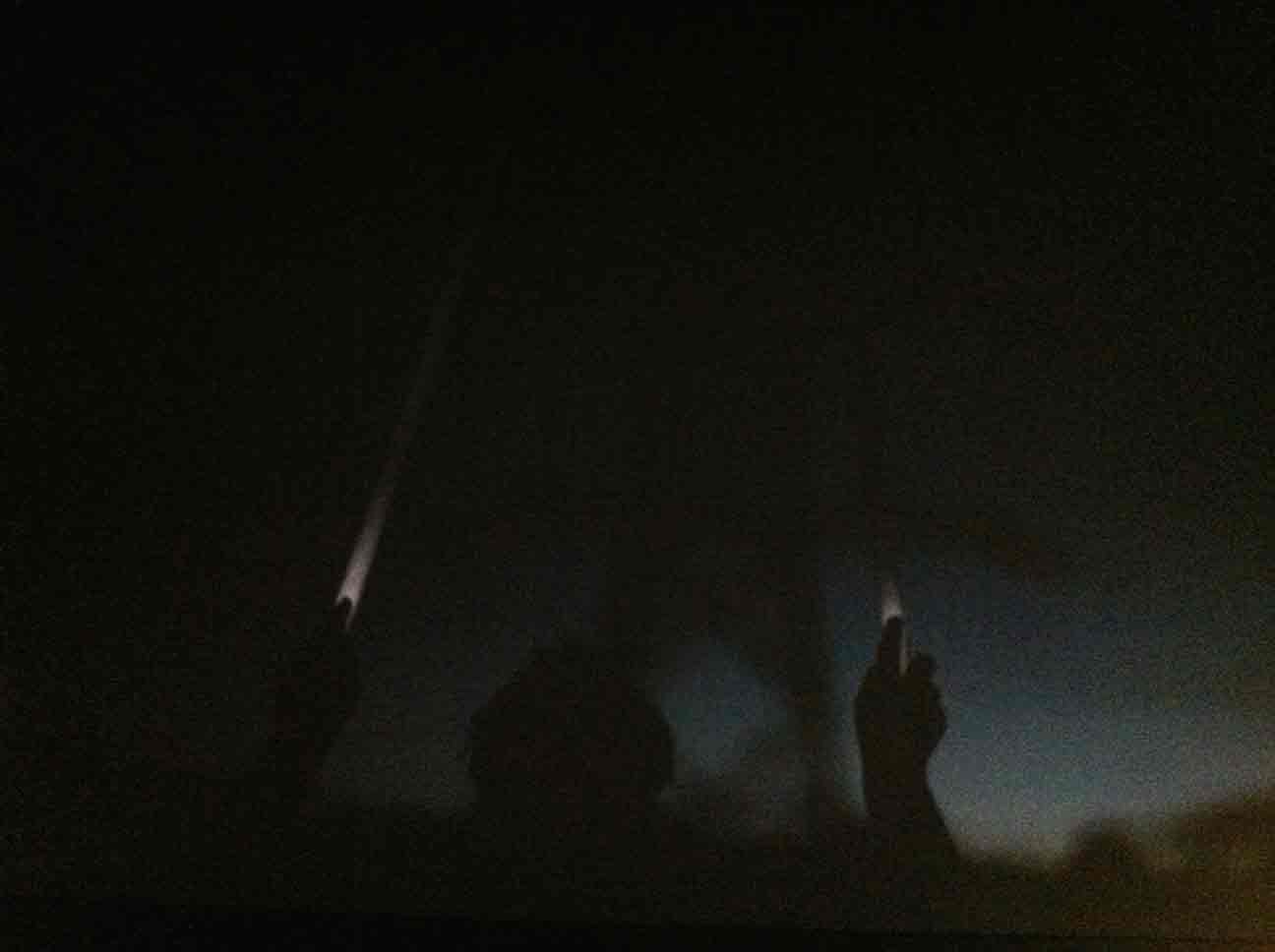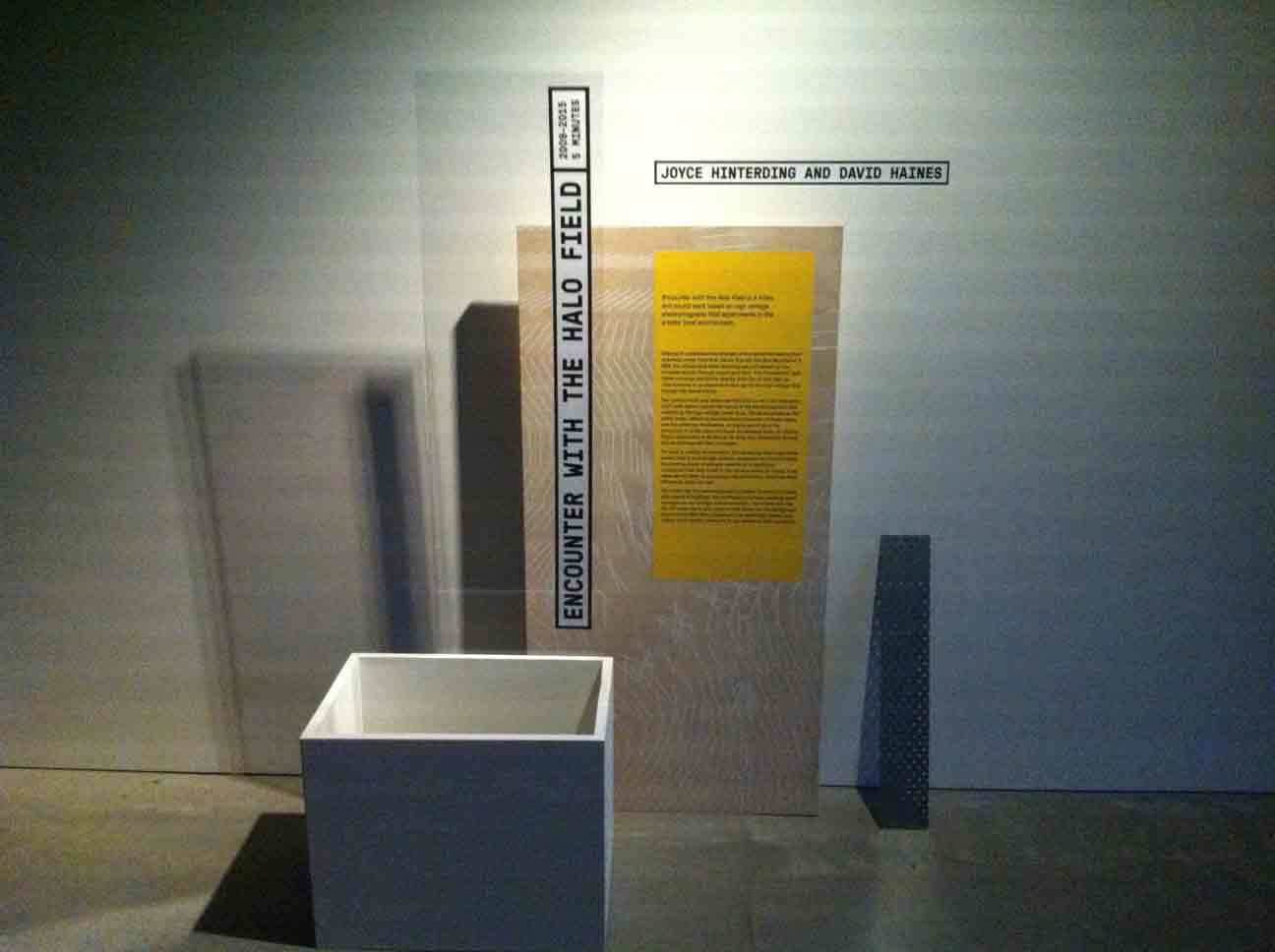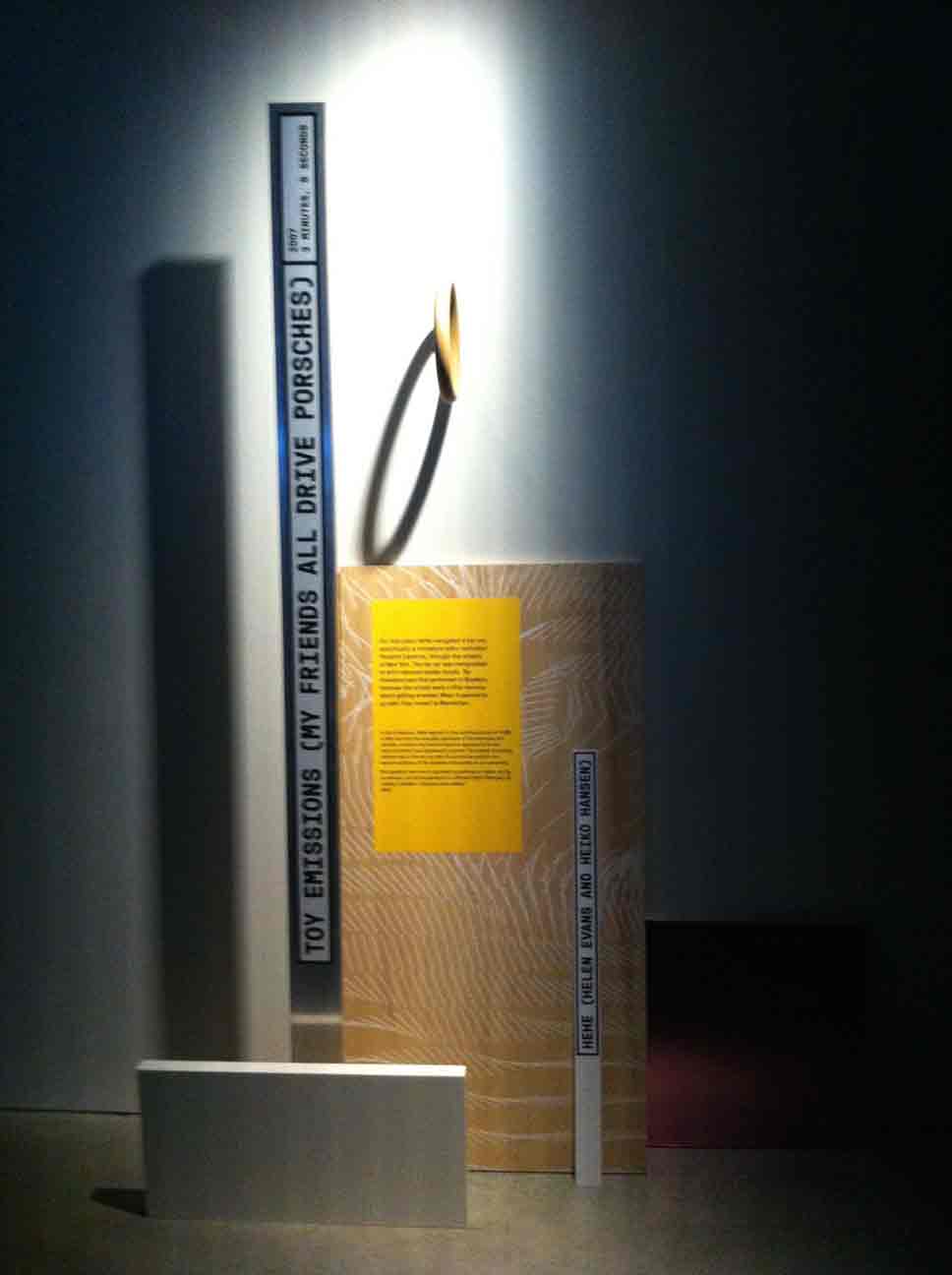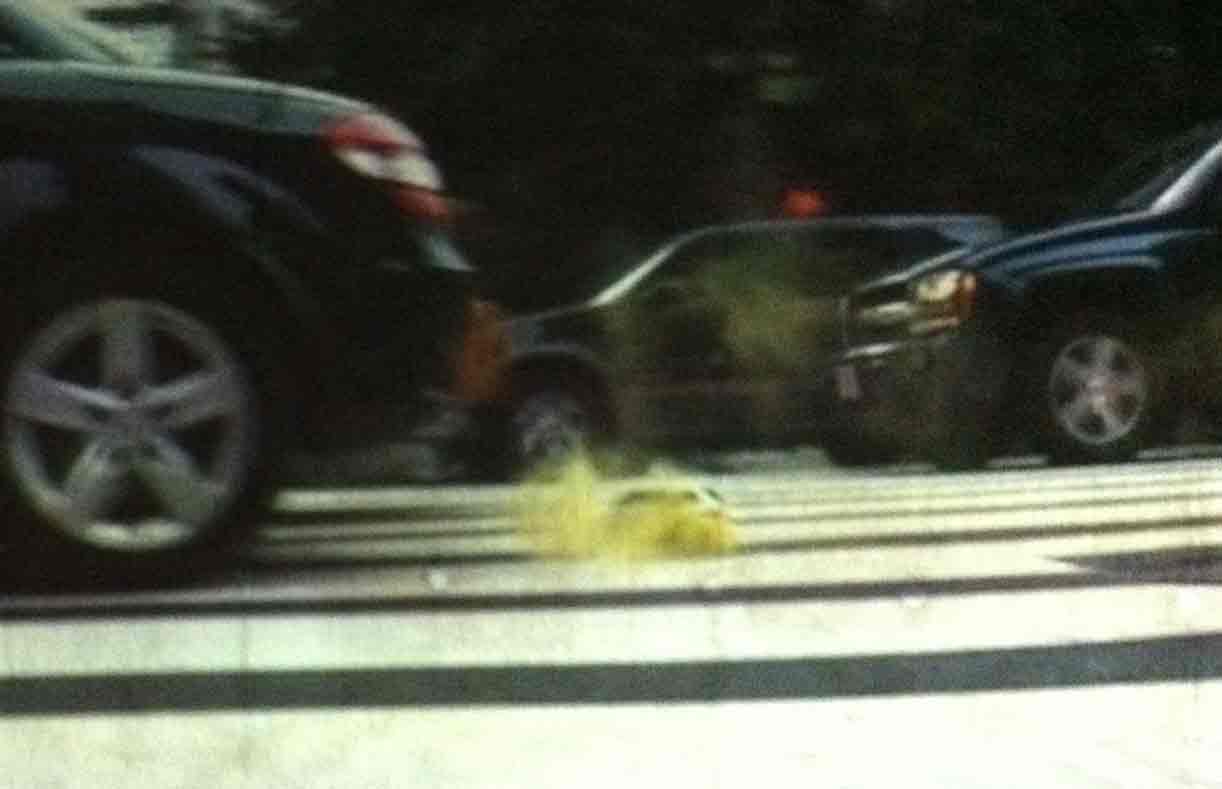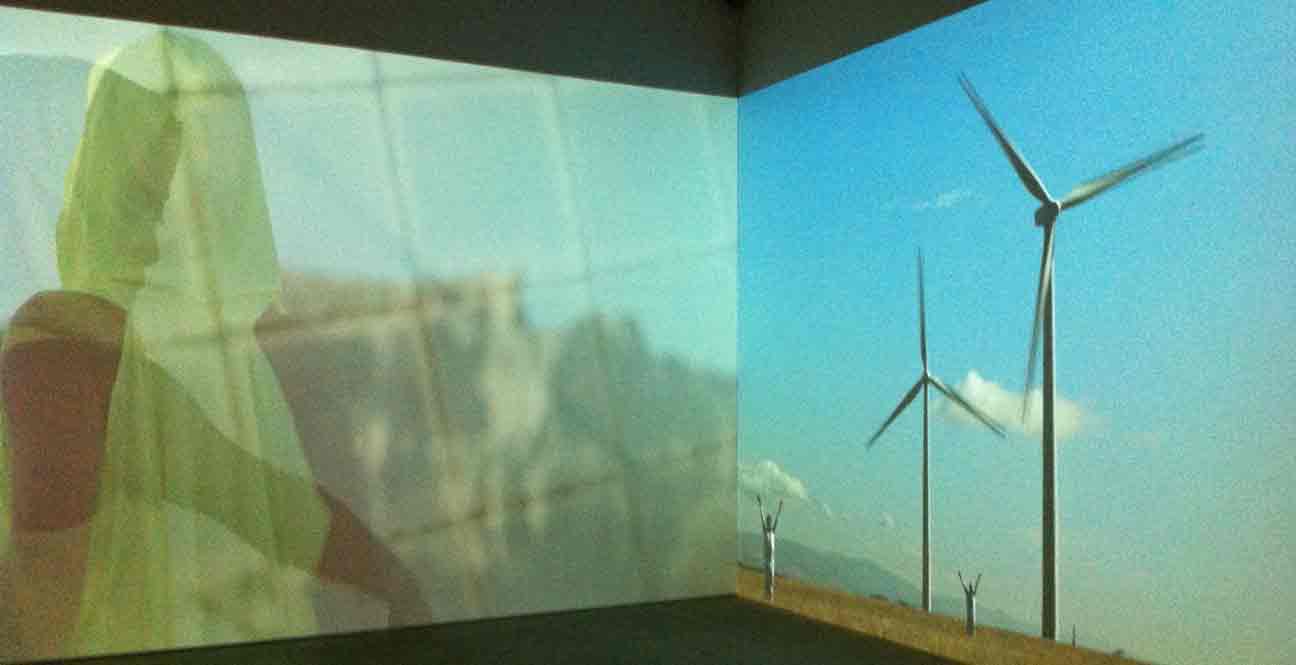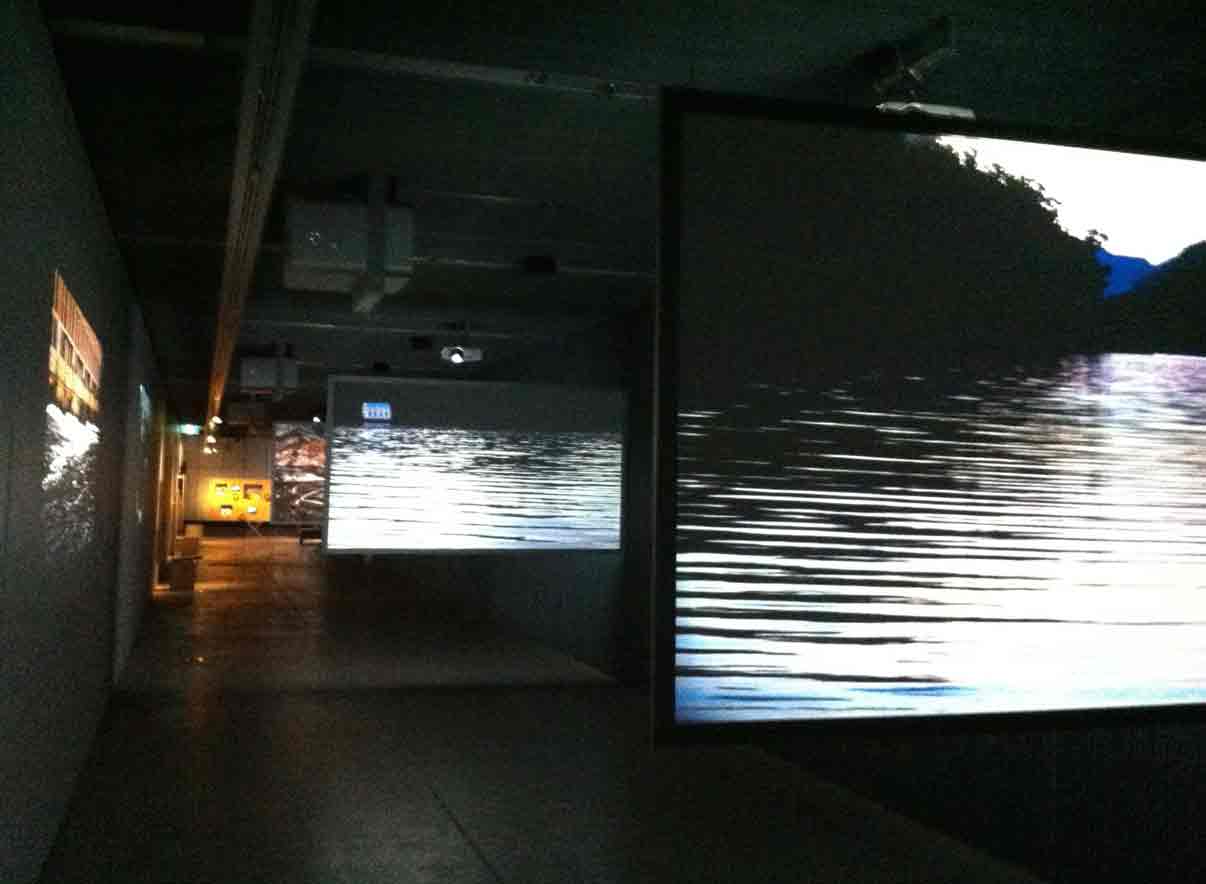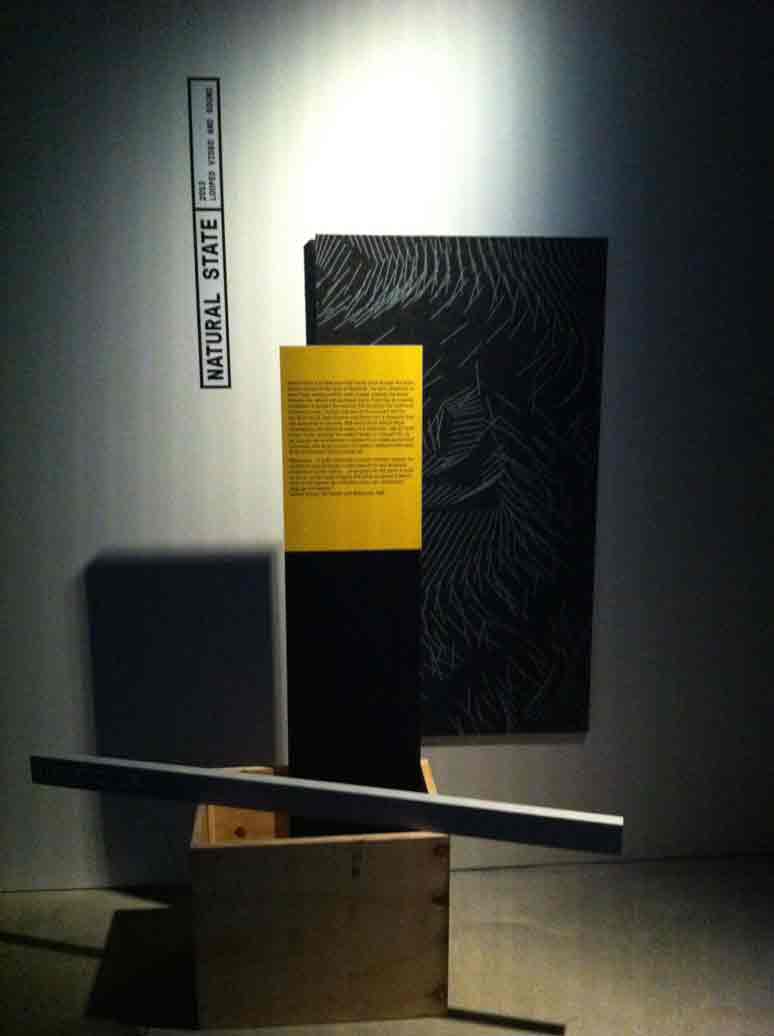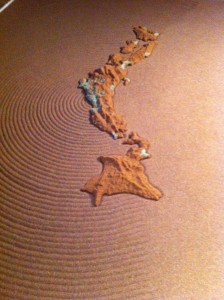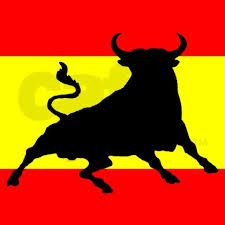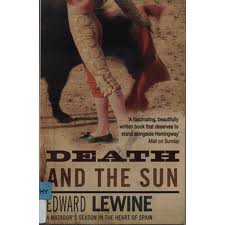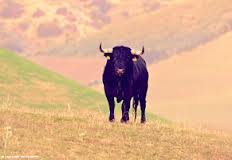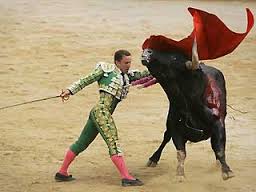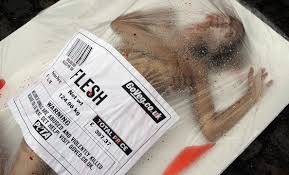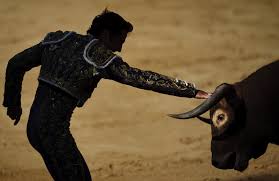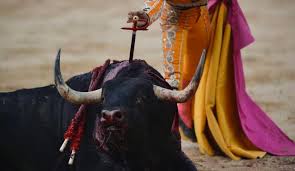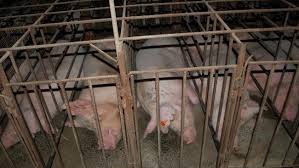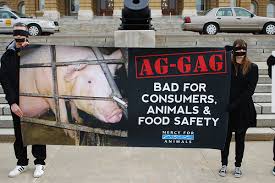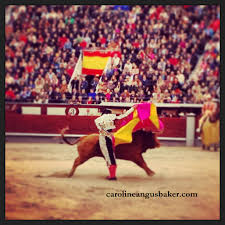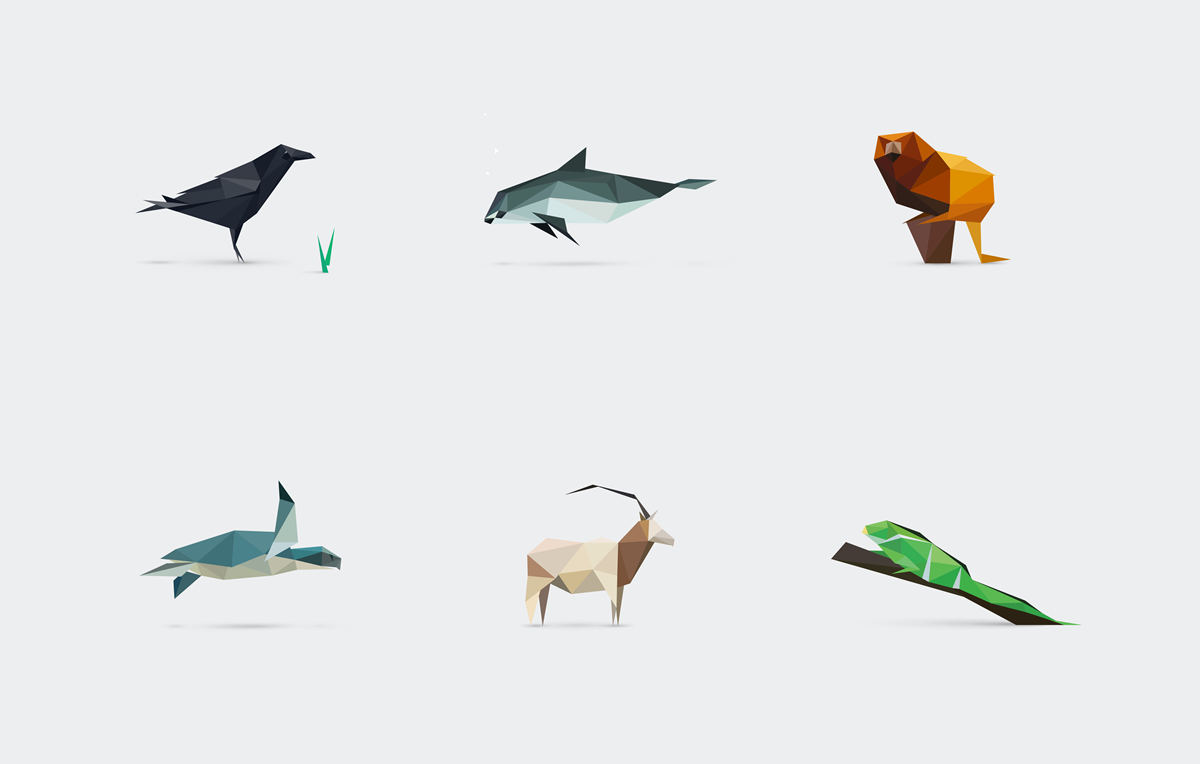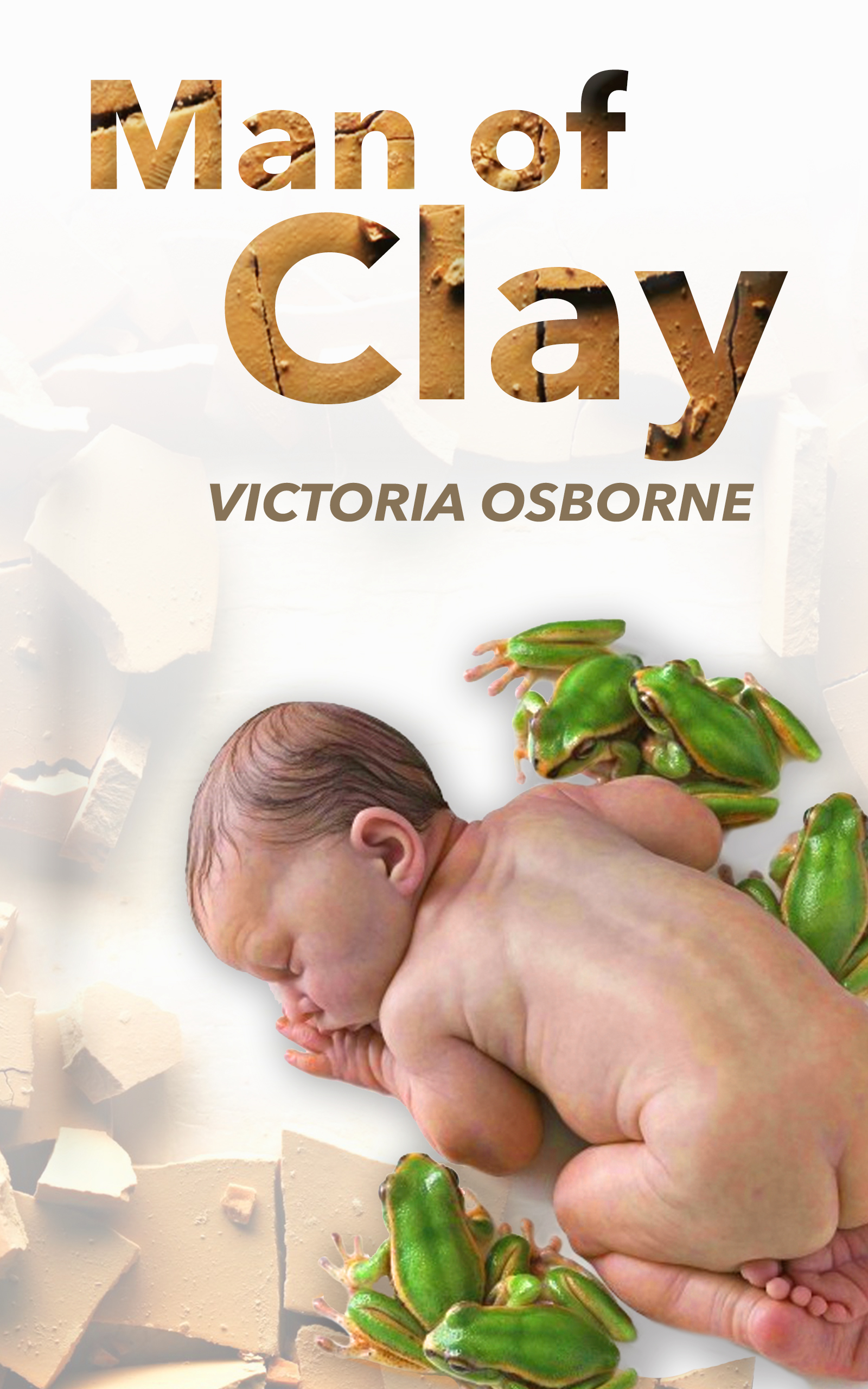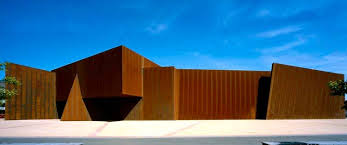Did you know SBS ondemand has a terrific collection of interesting items to view? (In contrast, ABC, what are they doing to you?)
Amongst the documentaries is All watched over by machines of loving grace, a BBC production from 2011. The title comes from a poem by Richard Brautigan.
I like to think
(it has to be!)
of a cybernetic ecology
where we are free of our labors
and joined back to nature,
returned to our mammal
brothers and sisters,
and all watched over
by machines of loving grace.[1]
Excerpt from All Watched Over by Machines of Loving Grace (1967)
There are three episodes, all written and directed by Alan Curtis.
This is great television. The shows are never boring. Disparate film clips underly or contrast or uplift the narrative. Moments are held, like the footage of Monica Lewinsky gazing at Clinton slowed and replayed, while other flashes, impressions, glimpses of investors or sharemarket floor workers slide into in-depth interviews with economists or analysts of the time. The editing is almost pop-video edgy while the accompanying music evokes all sorts of emotions with the likes of of Nine Inch Nails, Leonard Cohen, Roy Orbison and even Wagner.

http://www.dreamstime.com/royalty-free-stock-photography-global-computer-network-concept-image25296527
The basic idea of the series is that machines (computers) twist the way our society apparently runs, giving rise to the notion that there can be, in a system or ecology, a stable way of organising, not just a computer network, but our entire planet. Neat and tidy and balanced.
The first episode looks at the rise of the global economy. It begins with an interview from 1959 with Ayn Rand and charts her influence, particularly on Alan Greenspan, one of her most loyal acolytes. The rise of the power of the individual was never more obvious than in the eruption of software entrepreneurs in Silicone Valley. From there the nineties saw the dreadful outcome of the free market captital shift, leading to the Asian Miracle, the burst bubble and the International Monetary Fund’s rush to rescue Western Investment. Finally, the role of Chinese monetary control causing the global (American) financial crisis and the banks bailout from their ever compliant allies, politicians.

http://freedomoutpost.com/2013/10/dysfunctional-global-economy-can-things-get-worse-rediscovering-price-money/
This analysis, told in jigsaw, edgy but entirely clear interviews, sound grabs, pictures and music, is utterly fascinating, popular, but revelatory. The main strand of my book, Man of Clay is set in 1998 to 1999 and in my research of that time I did not understand the whole picture. I saw that the Lewinsky scandal had been used to distract Clinton but I didn’t see the financial selfishness nor the Asian market collapse as part of the IMF’s corrupt need to rescue themselves.
It is magic, sleight of hand, the distractions and nonsense that powerful are able to show the people, (kittens and porn) to keep them amused and calm, while there are great shifts of control going on behind the scenes. Whistleblowers and leakers are painted in terms of treason as us little folk just get poorer and more trammelled by the very few wealthy.
Looking at the way Australia is being run now, I wish Alan Curtis could bring his editing team along to examine what is really being done in our name and with our money. For instance, the secret Transpacific Partnership negotiation is destined to allow international corporations to own, control and make money from their assets for ever, much the same as the miners and the energy companies have control over the electricity demands of this country. Watch Waleed Aly explain the TPP here. How will this play out in the long term? Who knows? We can’t even know what’s in it to start with!
Yet, when I recently asked a shop attendant where he would most like to live in the world he unhesitatingly said, ‘Norway’. Another fellow present snorted and said, ‘Low taxes?’ and the attendant replied, ‘Highest tax in the world. Good for the people, mate, everyone gets looked after.’ The other fellow looked confused. Paying tax is good? That’s not what his newspaper tells him. Not what his TV tells him. Of course not. Media is owned by the rich. People don’t question who feeds them information. If they are used to that channel having some gravitas or apparent status, they will suck it up along with all the recipes for red wine jus, cricket stats and pictures of pretty celebs.
Years ago, after a performance of my play, Not the end of the world, I chatted in the foyer to a woman who asked me why I had to feature the economy in a cute little puppet play? We had an inflatable two headed puppet – the face of Credit and the other Debit – who argued with each other and Economy eventually exploded to reveal a cute little Green Economy inside. Like a slimming ad. This woman thought it unnecessary, she thought it brought the fun of the puppet play down, made it too serious. This was a play about endangered species.
It is serious! What is more serious than extinction? And almost certainly the way our economy is run, our capitalist system, is destroying the planet.
The second episode is called The use and abuse of vegetational systems. It is more closely aligned with the themes of this blog – the idea of ecosystems and the (much exagerated) ‘balance of nature’ influencing human thought. It reminded me of that poem by Wallace Stevens called The Rock which I can’t find on the internet. Wallace Stevens often wrote about human’s need for order but always in terms of change and seasons. Growth and death and change were inherent in everything.
And look, here’s an idea that might be helpful:
<iframe src=”https://player.vimeo.com/video/41245873″ width=”500″ height=”281″ frameborder=”0″ webkitallowfullscreen mozallowfullscreen allowfullscreen></iframe> <p><a href=”https://vimeo.com/41245873″>La Minga: Episode 101 of The Perennial Plate</a> from <a href=”https://vimeo.com/theperennialplate”>The Perennial Plate</a> on <a href=”https://vimeo.com”>Vimeo</a>.</p> <p>The ideas of cooperation and working together are central to many movements in Latin America. Nestor Escobar has brought those ideas to Louisville, KY where he coordinates a large urban farm that hopes to share his philosophy.<br /> www.theperennialplate.com</p>
http://www.upworthy.com/he-wanted-to-bring-his-traditions-from-el-salvador-to-the-us-so-he-started-this-cooperative-farm?c=ufb1


